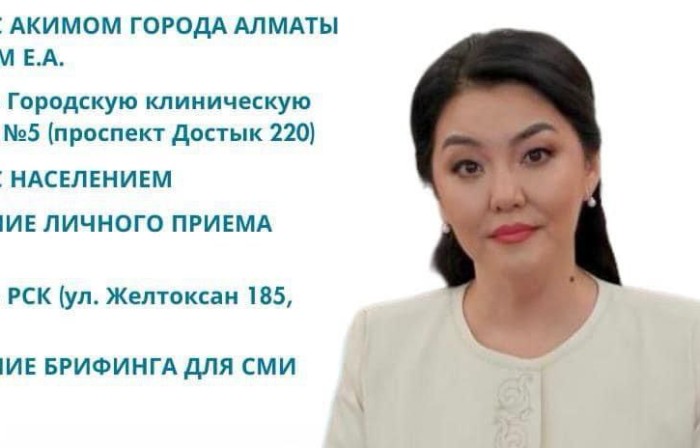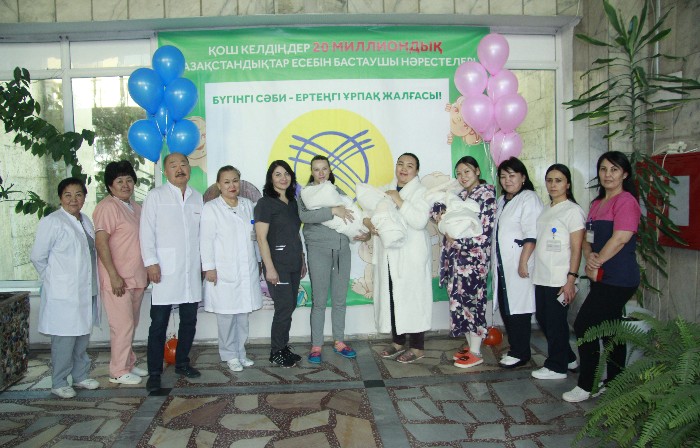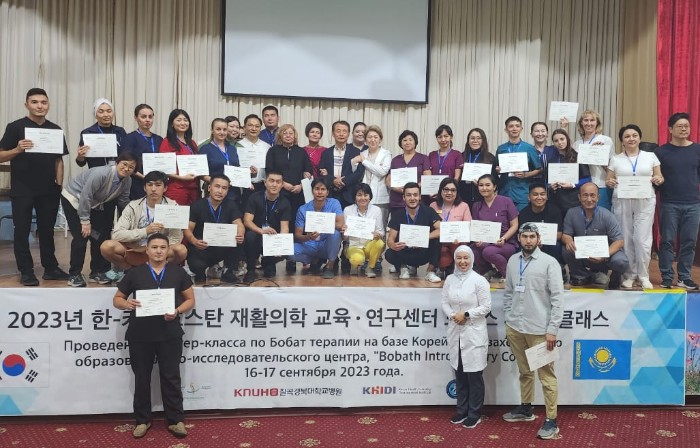How much does ophthalmologist training cost in the country?

How much does ophthalmologist training cost in the country?
It takes years and millions of KZT to train an ophthalmologist, an extremely narrow specialist.
According to the price list of S.D. Asfendiyarov Kazakh National Medical University NJSC for the 2020-2021 academic year - for training in "General medicine" you need to pay 1,016,400 KZT
Internship studies will cost 847 thousand KZT per year. Further, master degree (in the field of health care) - 945,100 KZT Residency - 1 196 160 KZT . To become a medical student you need to pay 1,667,600 KZT.
In "Astana Medical University" NJSC the price list was approved in September 2019.
The same "General Medicine" faculty, 1-3 courses - 880 thousand KZT, 4-7 courses - 915 thousand KZT (entered after 2017). Master degree will cost 950 thousand KZT, preparation of an MBA master at 2 million KZT. For studies in residency, you need to pay from 1 to 2 courses - 1 million KZT, on the 3rd year 970 thousand KZT For obtaining the title of PhD, you will have to pay 1,850 thousand KZT
In the NUO "Kazakh-Russian Medical University" the price list for the 2020-2021 academic year is slightly more modest.
Faculty of "General Medicine" 1-2 courses - 750 thousand KZT, in the 3rd year - 700 thousand KZT, 4-5 courses - 609 thousand KZT Internship - 850 thousand KZT Residency - 1 million KZT Master's degree - 780.5 thousand KZT
Almost the same cost of training at "Medical University of Karaganda" NJSC for the 2020-2021 academic year. Faculty of "General Medicine" 1-2 courses - 875 thousand KZT, 3 course - 830 thousand KZT, 4 course - 795 thousand KZT, 5 course - 770 thousand KZT, 6-7 courses - 730 thousand KZT Master's degree (new enrollment) - 800 thousand KZT Residency (new enrollment) - 1 230 thousand KZT Doctoral studies (new enrollment) - 1,700 thousand KZT
The cost of training in the "West Kazakhstan Medical University named after M. Ospanov " NJSC for the 2020-2021 academic year is nearly same with the above universities
The faculty of "General medicine and dentistry" 1-5 courses 750 thousand KZT, 6-7 courses “general medical practice” - 800 thousand KZT Residency and master- 850 thousand KZT Doctoral studies - 1 445 thousand KZT
Almost the same prices are in "Semey Medical University" JSC for the 2020-2021 academic year. From 1 to 3 courses, training will cost 800 thousand KZT, from 4 to 7 courses - 609 thousand KZT Residency - 1.1 million KZT Master's degree - 1 million KZT Doctoral studies - 1.9 million KZT
The price list of "Kazakh Medical University of Continuing Education" JSC is presented for the 2019-2020 academic year. Education in general medicine will cost 777,888 KZT, internship training costs the same. Master's degree (profile major) - 820 thousand KZT Residency - 815.5 thousand KZT Doctoral studies - 820 thousand KZT
It should be noted that ophthalmologists in universities are trained not only in bachelor's degree, somewhere they train only in residency and above.
Besides the point, the salary of ophthalmologists in Kazakhstan, according to job sites, starts from the minimum of 42,500 KZT, and up to 500 thousand KZT. On average, the salary of ophthalmologists in the region nearly 100-200 thousand KZT.
Long-standing problems
In 2015, the journal “Vestnik KazNMU” (S.D.Asfendiyarov Kazakh National Medical University) published an article “Approaches to solving personnel issues in ophthalmology”.
The authors of the article interviewed 30 ophthalmologists of Almaty municipal polyclinics.
It was noted that “one of the main problems of the ophthalmological service in Kazakhstan is the shortage of personnel at the PHC level. In this regard, the shortage of personnel in polyclinics is 158 rates in the country. Moreover, only 20% of ophthalmologists work in the countryside, the deficit of children's ophthalmologists is 63%. In cities, the essential shares of physicians is concentrated not in polyclinics, but in opticians and private centers” the researchers write.
According to the survey, 46.7% of respondents answered that the lack of ophthalmologists is associated with a lack of professional growth. Another 36.7% of respondents associate the shortage of Physicians with low wages.
Further, the authors report that 10% of physicians lack diagnostic and treatment protocols. Another 26.7% of respondents do not use protocols due to the lack of the necessary equipment and medicines.
As a way of improving the quality of their work, more than a third of the respondents proposed to increase the number of physicians. Another 26.7% to fit the offices with modern equipment.
The article summarizes the conclusions that many ophthalmologists do not have the skills to work with diagnostic equipment, do not have the skills of outpatient surgery. This, in turn, is explained by the insufficient equipment of the ocular rooms, and the lack of the possibility of surgical interventions at the polyclinic level.
Latest news

Денсаулық сақтау министрі Ажар Ғиният бүгін Алматы қаласына жұмыс сапарымен келді.

